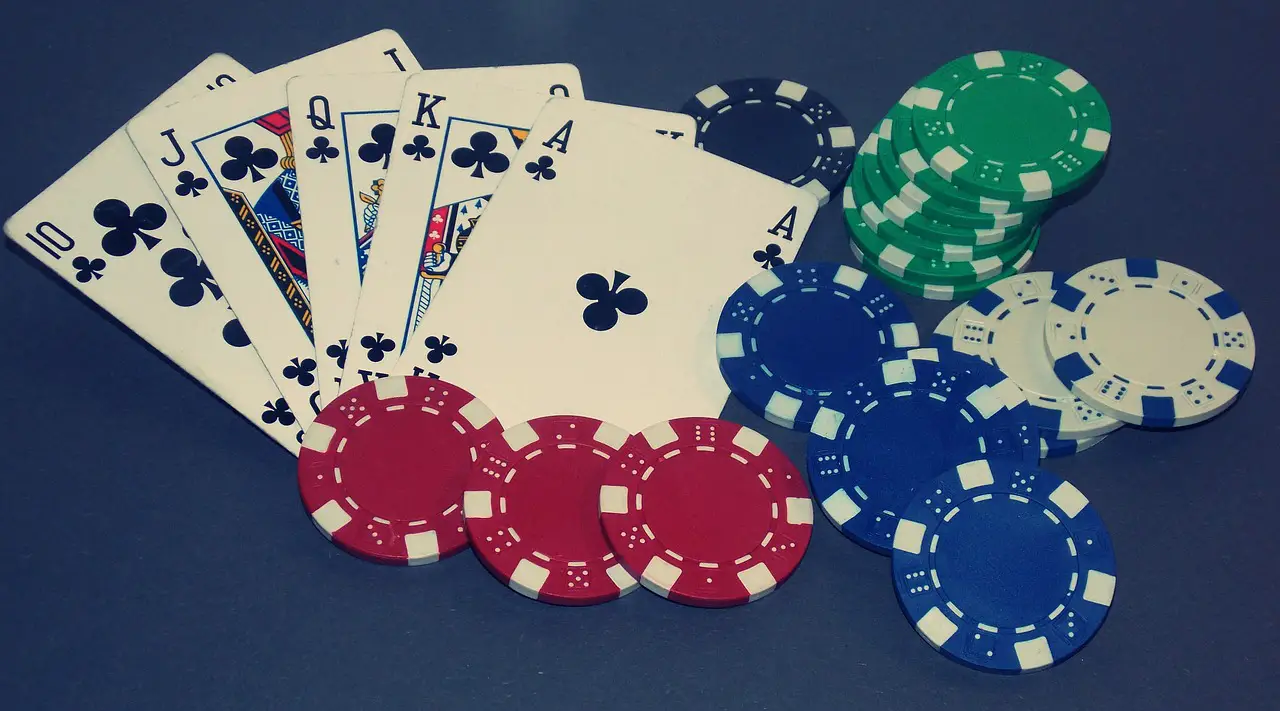Casino Card Game Faro
Back in the days of the Wild West when saloons were in full swing and people were battled on the streets with six-guns, the Faro card game (pronounced like the Egyptian word 'Pharaoh') was incredibly popular. These days, though, it can be compared to the tumbleweeds found floating through the western ghost towns as it is relatively unknown and quite difficult to find.
The History

- Faro is a gambling card game that was a derivation of a card game called Basset. Faro originated in France in the late 17th century. First known as Pharaon, it became extremely popular in Europe in the 18th century. With its name shortened to Pharo or Faro, it soon spread to America and became the favored game during the California Gold Rush.
- The game of faro begins with a deck of 52 cards that are shuffled, cut and put face up in an opened top box or cage. From there, a top card is laid face up a short distance from the dealing box. This is done for the pile where all the winning cards go. Next, another card.
- Faro is a card game played with a standard 52 card deck. No jokers or other wild cards are used. This game is also known as Pharo, Pharao and Farobank. It originated in France in the late 17th century as a replacement for the banned card game Basset.

Faro Card Game Free
Faro is an offshoot of a French gambling game called “pharaoh.” The latter first became popular in the late 1600s, when the French government banned another card game called basset. Pharaoh’s popularity quickly spread to England, where it would be known as “pharo.” This game eventually made its way to the United States by the early 1800s. It became a casino game when Nevada legalised gambling in 1931, but went out of fashion in the 1950s. The last faro 'bank' was closed in 1975 in Ely, Nevada, although there was a short revival at Reno in 1980-85. The betting layout consists of a suit of cards, from Ace up to King. Players bet on the card rank of their choice.

Like many of the games that made their way into North America during the 1700s, the Faro card game originated in France and was a slight deviation from a popular British pub game known as basset, which King Louis XIV outlawed back in 1691. While banned in France, it gained popularity in other parts of Europe because it was easy to learn and gave the participants decent odds when it was played fairly. Then, sometime around the year 1717, it was brought into the Americas through the port city of New Orleans by a Scottish man known as John Law who was forced to flee England, then Scotland and finally even France due to various crimes and rejected ideals. Aside from bringing the Faro card game to the Americas, Law is also given credit for printing the first government-backed paper currency.
What Happened?
In the 1800s, Faro was so popular that it could be found in nearly every single pub, bar, tavern and saloon in the Americas - and this was especially true during the Gold Rush. At one point, even, the New York Police Gazette claimed that people spent more money gambling on this title than all of the other gambling titles combined. So, what happened? Why did it fade away just like the streets and towns of the Wild West? As bigger casinos began to open their doors, many of the versions of games that people knew were not offered because they presented a high advantage to the player. As such, things like the American roulette wheel with its higher house edge were born while other things, like the Faro card game, faded into the dust.
Faro Card Game Wild West
It can still be found in a select few establishments around the world and there are some versions of it online for people to enjoy, as well.



